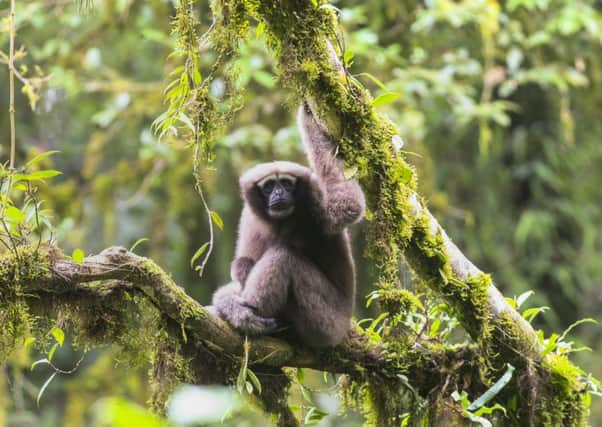New species of gibbon found in China named after Luke Skywalker


Scientists studying hoolock gibbons on Mt Gaoligong, along China’s border with Burma, have concluded they are a new species of primate following examination of features including their eyebrows and genetic analysis.
It was previously thought they belonged to one of the two already-known species of hoolock gibbons, a type of primate found in Bangladesh, India, China and Burma, where they live among the trees, feeding mostly on fruit as well as leaves and shoots.
Advertisement
Hide AdAdvertisement
Hide AdThe scientists have called the new species the Skywalker hoolock gibbon or Gaoligong hoolock gibbon (Hoolock tianxing).


The name was chosen in part because the Chinese characters of its scientific name mean “Heaven’s movement”, but also because the researchers are Star Wars fans.
In response to the news, Star Wars actor Mark Hamill tweeted: “So proud of this! First the Pez dispenser, then the Underoos & U.S. postage stamp... now this!”, referring to other things which have featured his character Luke Skywalker.
But with the animals facing illegal hunting and destruction, damage and fragmentation of their habitat, the scientists, writing in a paper published in the American Journal of Primatology, recommended that the Skywalker hoolock gibbon is categorised as “endangered”.


They said: “The discovery of the new species focuses attention on the need for improved conservation of small apes, many of which are in danger of extinction in southern China and Southeast Asia.”
Mt Gaoligong is a hotspot for discovering new species, according to the scientists, who include researchers from China, the US and the Zoological Society of London (ZSL), with other primates and amphibians among the creatures newly identified in the difficult-to-access region.